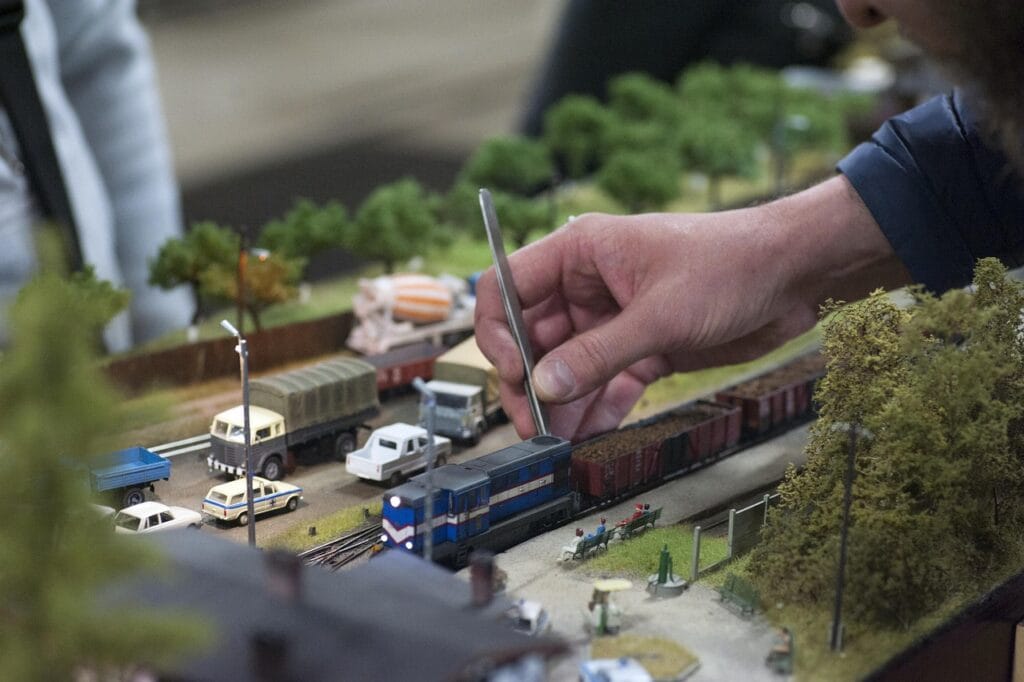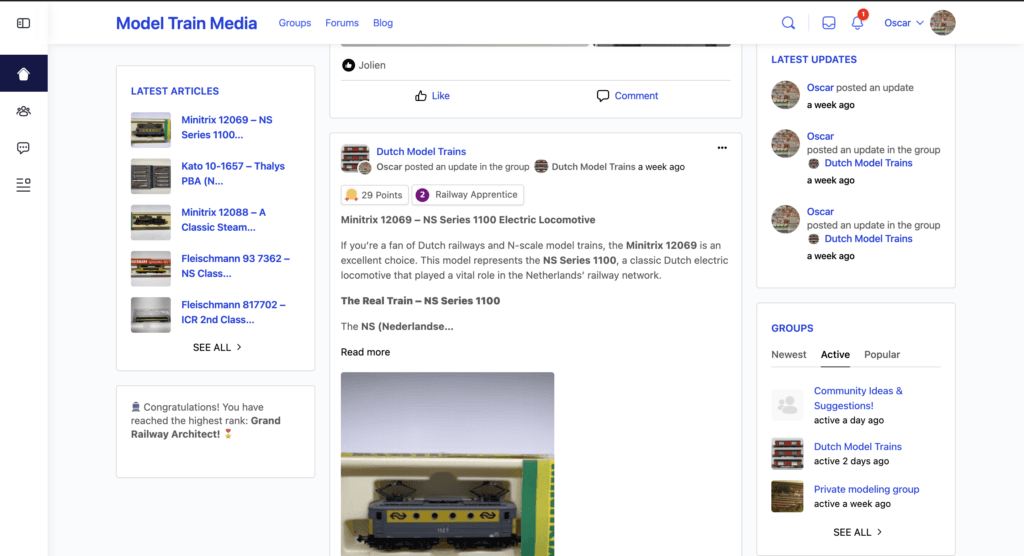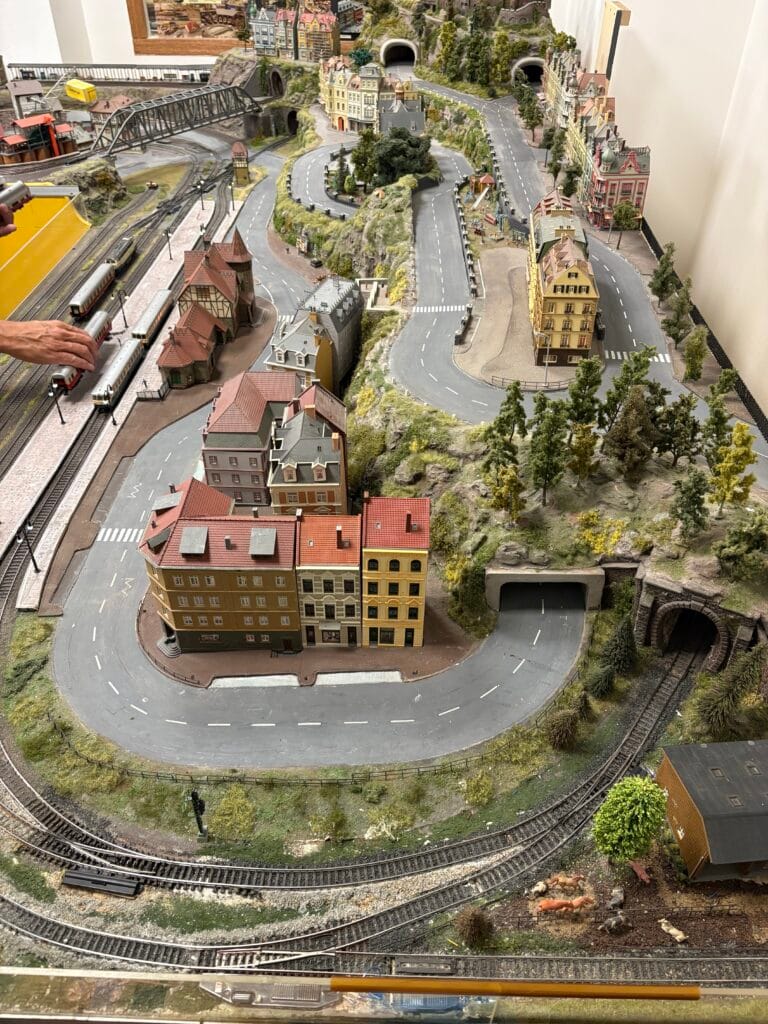Understanding model railroad scales: a comprehensive guide for enthusiasts

When it comes to the world of model railroading, one of the most crucial decisions you’ll face is choosing the right scale for your layout. Model railroad scales determine the size of your trains, tracks, and scenery, and they play a significant role in how your miniature world comes to life. Whether you’re a seasoned hobbyist or just starting out, understanding the various model railroad scales is essential for creating a cohesive and visually appealing layout.
What are model railroad scales?
Model railroad scales refer to the ratio of the model’s size compared to the real-life counterpart. For example, in HO scale (1:87), one inch on the model represents 87 inches in reality. This scaling system allows hobbyists to create detailed and realistic representations of trains and landscapes while fitting them into available space. The choice of scale can affect everything from the size of your layout to the types of trains and accessories you can use.

Common model railroad scales
- HO Scale (1:87): The most popular scale among model railroaders, HO scale offers a perfect balance between detail and size. It allows for intricate detailing while still being manageable for most hobbyists. HO scale trains and accessories are widely available, making it an excellent choice for beginners and experienced builders alike.
- N Scale (1:160): N scale is favored for its compact size, making it ideal for those with limited space. Despite being smaller, N scale models can still achieve impressive detail. This scale is perfect for creating expansive layouts in a smaller footprint, allowing for more complex track plans and scenery.
- O Scale (1:48): Known for its larger size, O scale is often chosen by those who appreciate the detail and presence of bigger models. O scale trains are easier to handle and can accommodate more intricate detailing. This scale is popular for both indoor and outdoor layouts, especially among collectors.
- G Scale (1:22.5): G scale, also known as garden scale, is primarily used for outdoor layouts. Its larger size makes it suitable for outdoor environments, where it can withstand the elements. G scale trains are often used in garden railroads, providing a unique way to integrate model railroading with landscaping.
- Z Scale (1:220): The smallest of the commonly used scales, Z scale is perfect for creating highly detailed layouts in very limited spaces. While it requires a steady hand for assembly and detailing, Z scale offers a unique challenge for experienced modelers looking to push their skills.
Choosing the right scale for your layout
Selecting the right scale for your model railroad layout depends on several factors, including available space, budget, and personal preference. Here are some tips to help you make the best choice:
- Space considerations: Assess the area where you plan to build your layout. If you have limited space, consider smaller scales like N or Z. For larger spaces, HO or O scale may be more suitable.
- Detail vs. size: Think about how much detail you want in your models. Larger scales like O and G allow for more intricate detailing, while smaller scales may require more precision in assembly.
- Availability of models: Research the availability of trains, tracks, and accessories in your chosen scale. Some scales have a wider variety of products, making it easier to find what you need.
- Personal preference: Ultimately, your choice of scale should reflect your personal preferences and what you find most enjoyable about model railroading.
Conclusion
Understanding model railroad scales is essential for any enthusiast looking to create a captivating layout. By familiarizing yourself with the different scales available and considering factors such as space, detail, and personal preference, you can make an informed decision that enhances your model railroading experience. Whether you choose the popular HO scale or the compact N scale, the joy of building and operating your own miniature world awaits you. So, gather your materials, choose your scale, and let your creativity flow as you embark on your model railroad journey!






I am missing all the smaller gauges, like H0e, H0m, 0e, etc.! The fun thing is that in track size, there is quite a lot of overlap: N scale, TTm scale and H0m scale all use 9mm track, but in scales 1:160, 1:120 and 1:87 respectively.
Great feedback I chose to go for the most popular scales for this article, I will make a another one that includes all the scales!
Sounds great! I would love to have the T scale (1:450) represented too, when you have a chance!
I would recommend adding some information about cost / budget as well. I’ve personally found as you go bigger, things get more expensive if you keep the quality level the same. Of course, exceptions do exist, such as Menards brand for O Gauge being really affordable despite the larger size, but having modeled in HO, O and G scales it seems like bigger trains require a bigger budget.